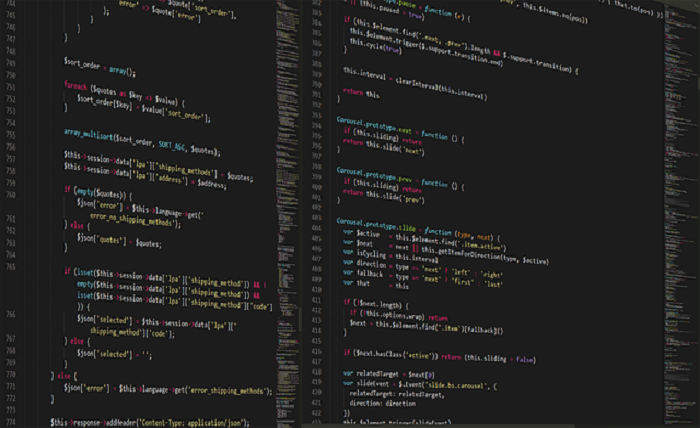When it comes to developing web applications, choosing the right platform is essential. Two popular choices are .NET and PHP. While both are widely used and versatile, there are significant differences in their security features. Understanding these differences is crucial for any organisation, especially those in e-commerce, where cybersecurity is paramount. Let’s explore the security aspects of both .NET and PHP and see how they stack up against each other. For a broader understanding of cybersecurity, you can refer to Top 5 Cybersecurity Best Practices for E-commerce.
Authentication and Encryption in .NET
Authentication
.NET offers robust authentication features, making it one of the preferred choices for large-scale applications. With built-in support for OAuth and OpenID, it ensures secure user authentication and data protection.
Encryption
Encryption in .NET is another strong suit. It utilises industry-standard encryption algorithms like AES, which guarantees the confidentiality and integrity of data. Whether it’s for passwords or sensitive user information, .NET’s encryption can be a dependable solution.
Authentication and Encryption in PHP
Authentication
PHP also provides extensive authentication mechanisms. However, it often requires the implementation of third-party libraries. While PHP’s flexibility is a strength, it might lead to inconsistencies and vulnerabilities if not handled correctly.
Encryption
Similar to .NET, PHP uses industry-standard encryption methods. However, PHP’s encryption requires more manual configuration, and errors in this process can lead to potential security risks.
Penetration Testing in .NET and PHP
Penetration testing is an essential aspect of ensuring web application security. It helps identify and fix vulnerabilities before they can be exploited. Both .NET and PHP can benefit from penetration testing services, but their effectiveness might vary based on the underlying architecture and design.
.NET Penetration Testing
Microsoft’s .NET comes with built-in security testing tools and integrates well with other testing platforms. By leveraging web application penetration testing, organisations can identify security flaws in .NET applications and rectify them efficiently.
PHP Penetration Testing
PHP, being an open-source platform, provides an extensive set of tools for penetration testing. While this offers greater flexibility, it can also mean a more complex testing environment, potentially leading to oversights.
Conclusion: Which is More Secure, .NET or PHP?
Security is a multi-faceted aspect of web development. While both .NET and PHP have their strengths and weaknesses, the overall security can largely depend on how these platforms are implemented and maintained.
In terms of authentication and encryption, .NET tends to offer more built-in features, providing a more robust security posture. PHP, although flexible and powerful, may require more attention to detail to achieve the same level of security.
With the right web application penetration testing and adherence to best practices, either platform can provide a secure environment for web development.
Ultimately, the decision between .NET and PHP should align with the project’s specific needs, security requirements, and the development team’s expertise.





